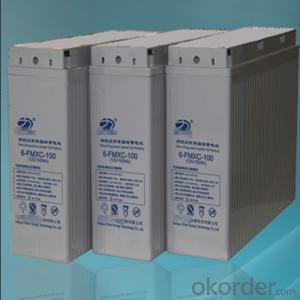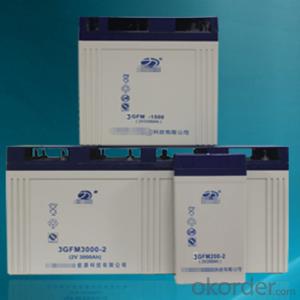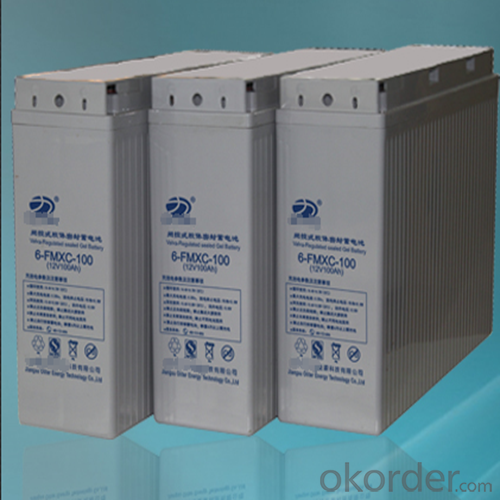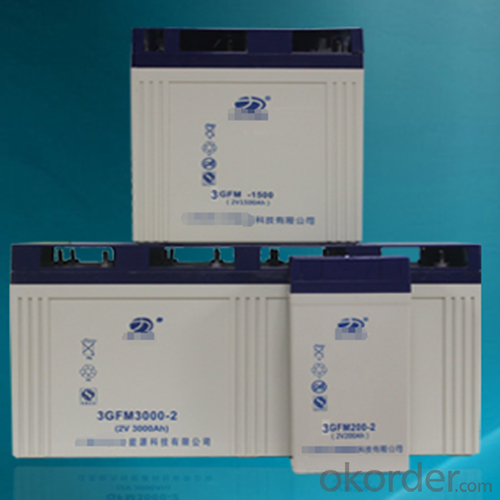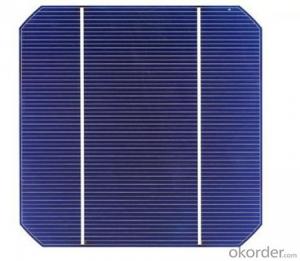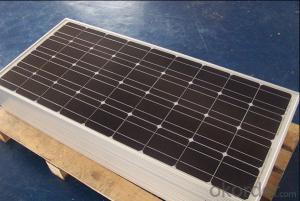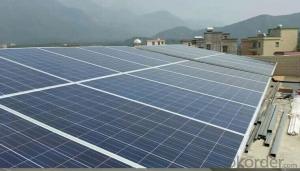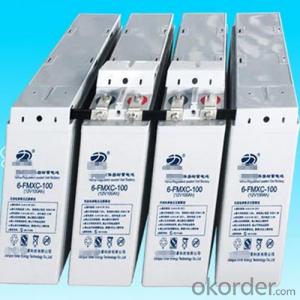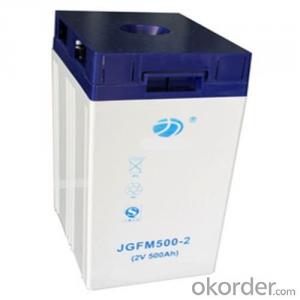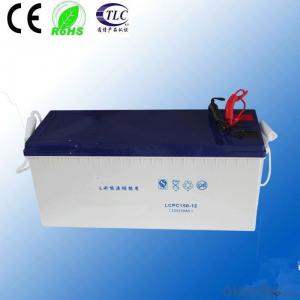Powerfilm Solar Cells Colloidal Battery 12V Series for Communication
- Loading Port:
- China main port
- Payment Terms:
- TT or LC
- Min Order Qty:
- 1 pc
- Supply Capability:
- 10000 pc/month
OKorder Service Pledge
OKorder Financial Service
You Might Also Like
Structure of Product Descrtption:
What is the product?
The FMXA/FMXC (Front Terminal) Series is especially designed for telecommunication use with 12 years design life in float service. By combining the newly developed paste formula with up-to-date AGM structures, this range features 12 years design life and Front Access connection for fast, easy installation and maintenance. This series is highly suited for telecom applications, UPS systems and other back up applications.
What is the purpose of the product?
· Telecommunication
· Control Equipments
· UPS systems
· Communication Equipments
· Medical Equipments
· Emergency Power Systems
What advantages do products have ?
12 years design life at floating condition
Wide operating temperature range from -15°C to 55°C
Advanced paste formula with increased recharge efficiency
Front access terminal with standard width for 19” and 23” ETSI racks
30% decreased float current lead to excellent high temperature resistance
Thick flat plate with high Tin low Calcium alloy
Low self discharge
Excellent deep discharge recovery capability
Main feature of the product
*safety and reliable
*environmental friendly and fast delivery
*low self diacharge
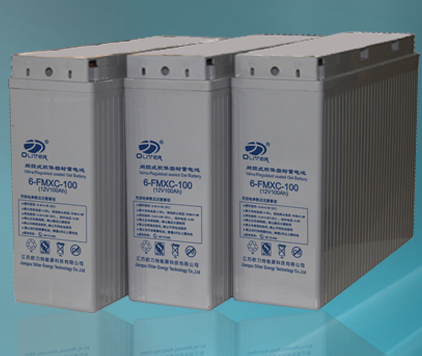
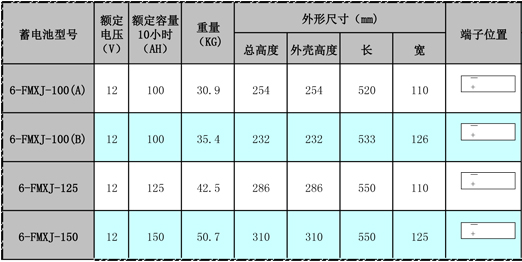
FAQ:
*Question:How do you pack your products?
Answer:We have rich experience on how to pack the panels to make sure the safety on shipment when it arrives at the destination.
*Question:Can you do FOB for us?
Answer:Yes, we can do it for you .
*Question:How long can we receive the goods after purchase?
Answer:In the purchase of product within three working days, We will arrange the factory delivery as soon as possible. The perfect time of receiving is related to the state and position of customers. Commonly 7 to 10 working days can be served.
Principles of how solar cell works
Solar power is amazing. On average, every square meter of Earth's surface receives 164 watts of solar energy. In other words, you could stand a really powerful (150 watt) table lamp on every square meter of Earth's surface and light up the whole planet with the Sun's energy! So, we want to exploit resources, and solar (or photovoltaic) cells appearance, it converts the sun’s energy into electricity. Whether they’re adorning your calculator or orbiting our planet on satellites, they rely on the the photoelectric effect: the ability of matter to emit electrons when a light is shone on it.
Steps of how solar cell works
Sunlight is composed of miniscule particles called photons, which radiate from the sun. As these hit the silicon atoms of the solar cell, they transfer their energy to loose electrons, knocking them clean off the atoms. The photons could be compared to the white ball in a game of pool, which passes on its energy to the coloured balls it strikes.
A solar cell is a sandwich of two different layers of silicon that have been specially treated or doped so they will let electricity flow through them in a particular way. The lower layer is doped so it has slightly too few electrons. It's called p-type or positive-type silicon (because electrons are negatively charged and this layer has too few of them). The upper layer is doped the opposite way to give it slightly too many electrons. It's called n-type or negative-type silicon.
The electrons use this energy to jump across the barrier into the upper, n-type layer and escape out into the circuit. Flowing around the circuit, the electrons make the lamp light up.
Energy Loss in a Solar Cell when it is working
Visible light is only part of the electromagnetic spectrum. Electromagnetic rad­iation is not monochromatic -- it's made up of a range of different wavelengths, and therefore energy levels.
Light can be separated into different wavelengths, which we can see in the form of a rainbow. Since the light that hits our cell has photons of a wide range of energies, it turns out that some of them won't have enough energy to alter an electron-hole pair. They'll simply pass through the cell as if it were transparent. Still other photons have too much energy. Only a certain amount of energy, measured in electron volts (eV) and defined by our cell material (about 1.1 eV for crystalline silicon), is required to knock an electron loose. We call this the band gap energy of a material. If a photon has more energy than the required amount, then the extra energy is lost. (That is, unless a photon has twice the required energy, and can create more than one electron-hole pair, but this effect is not significant.) These two effects alone can account for the loss of about 70 percent of the radiation energy incident on our cell.
- Q: How many solar cells are there in a solar panel?
- 20?
- Q: Have you ever been to a solar cell power generation station?
- I know a company named SUNPOWER is famous for that.
- Q: Can solar cells be used for space applications?
- Yes, solar cells can be used for space applications. They are commonly used to power satellites and spacecraft by converting sunlight into electricity.
- Q: What is the impact of bird nesting on solar cell performance?
- Bird nesting can have a negative impact on solar cell performance as it can lead to shading of the panels, reducing their overall efficiency. Additionally, bird droppings can accumulate on the panels, obstructing sunlight and potentially causing damage to the cells over time. Regular maintenance and prevention measures are necessary to mitigate these effects and ensure optimal solar energy generation.
- Q: What is the lifespan of solar cells?
- The lifespan of solar cells can vary depending on various factors such as the type and quality of the cells, their usage and maintenance, and the overall conditions they are exposed to. However, on average, solar cells have a lifespan of around 25 to 30 years.
- Q: Whether the solar cell is light can produce electricity
- Solar cells, also known as "solar chips" or "photovoltaic cells", is a direct use of solar photovoltaic power semiconductor thin film.
- Q: Can solar cells be used in telecommunications systems?
- Yes, solar cells can be used in telecommunications systems. Solar cells can convert sunlight into electrical energy, which can then be used to power various components of telecommunications systems such as base stations, repeaters, and remote communication stations. This allows for more sustainable and independent operation of these systems, especially in remote areas where access to traditional power sources may be limited.
- Q: Is A grade better than the B grade when we buy the poly solar cells.
- I think the A grade is better than B grade, but just not sure how better it can be compared to the others.
- Q: What is the impact of bird droppings or debris on solar cell performance?
- Bird droppings or debris on solar cell panels can significantly impact their performance. The droppings can create a layer that blocks sunlight from reaching the cells, reducing their efficiency in converting solar energy into electricity. Additionally, the debris can accumulate over time and create shadows on the panels, further decreasing their output. Regular cleaning and maintenance of solar panels are essential to maximize their performance and ensure optimal energy production.
- Q: Can solar cells be used for powering outdoor signage?
- Yes, solar cells can be used for powering outdoor signage. Solar panels can convert sunlight into electricity, which can then be used to power various devices including outdoor signage. This is a sustainable and environmentally friendly option, as it reduces dependence on traditional electricity sources and helps to minimize carbon emissions.
Send your message to us
Powerfilm Solar Cells Colloidal Battery 12V Series for Communication
- Loading Port:
- China main port
- Payment Terms:
- TT or LC
- Min Order Qty:
- 1 pc
- Supply Capability:
- 10000 pc/month
OKorder Service Pledge
OKorder Financial Service
Similar products
Hot products
Hot Searches
Related keywords
